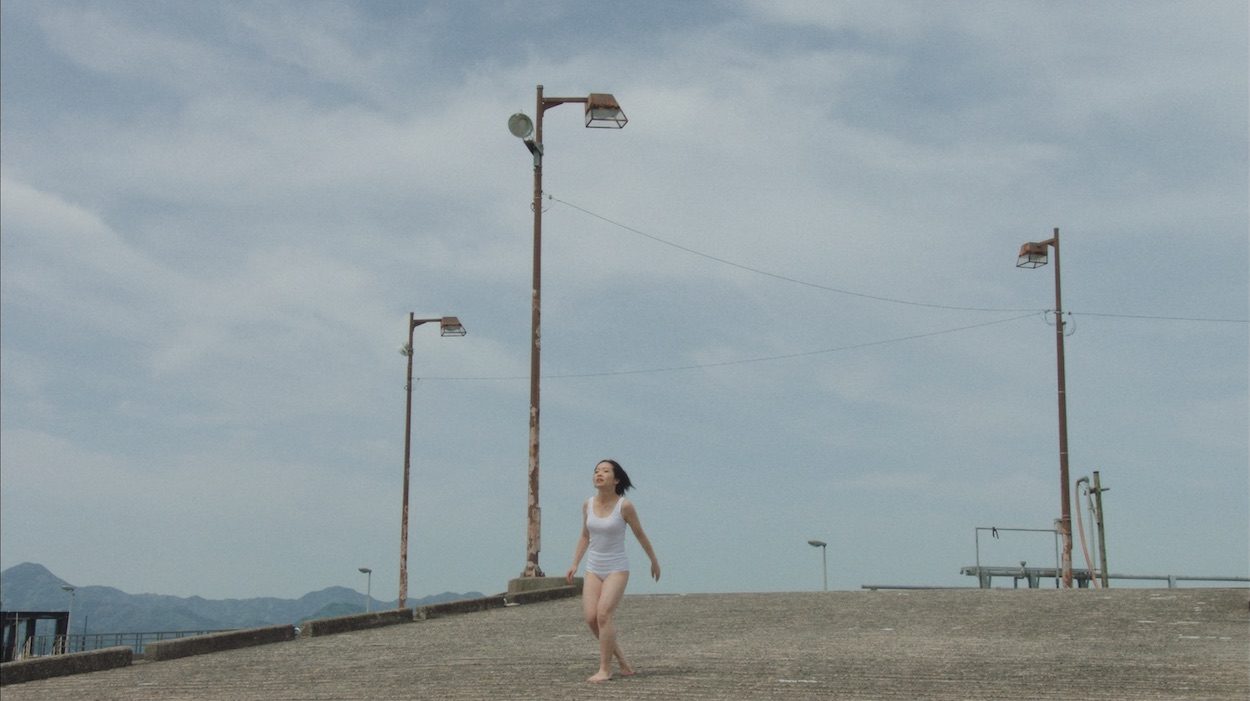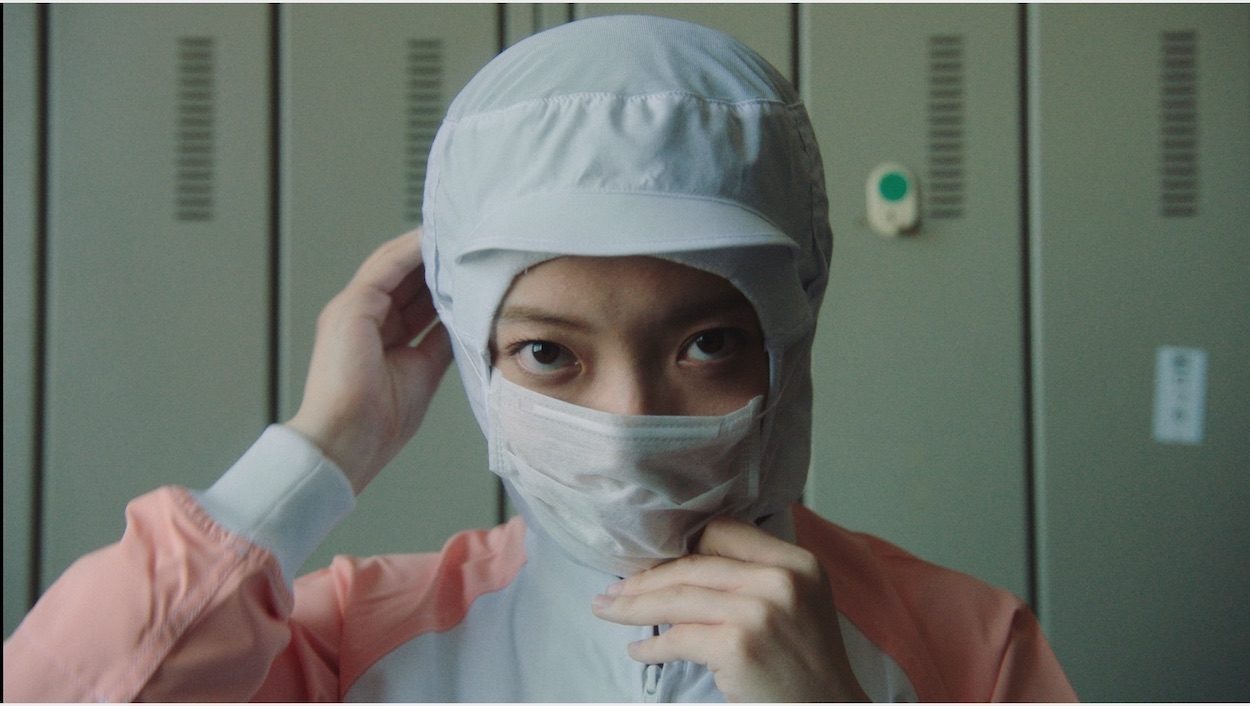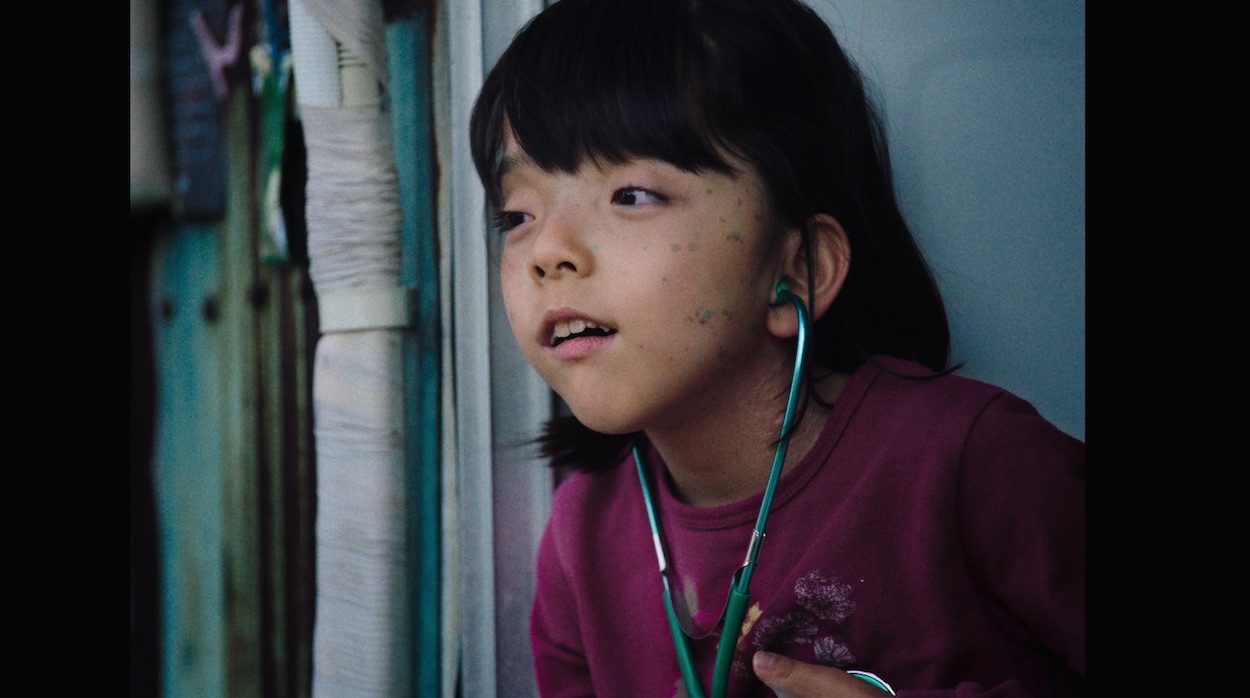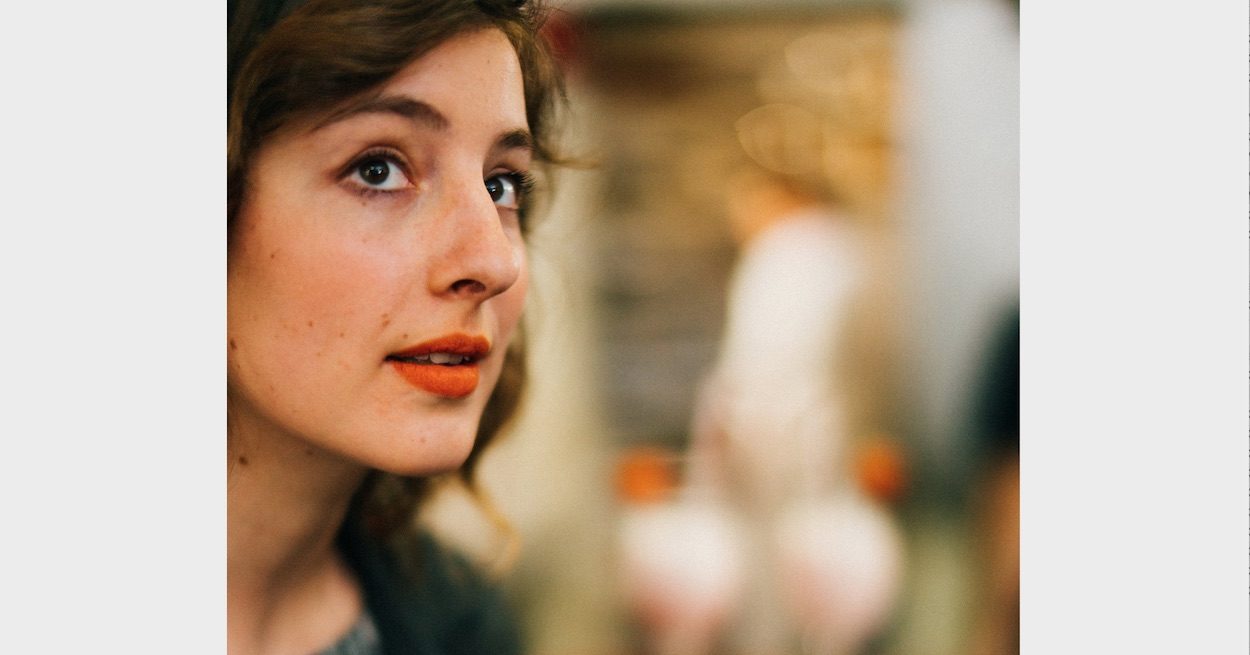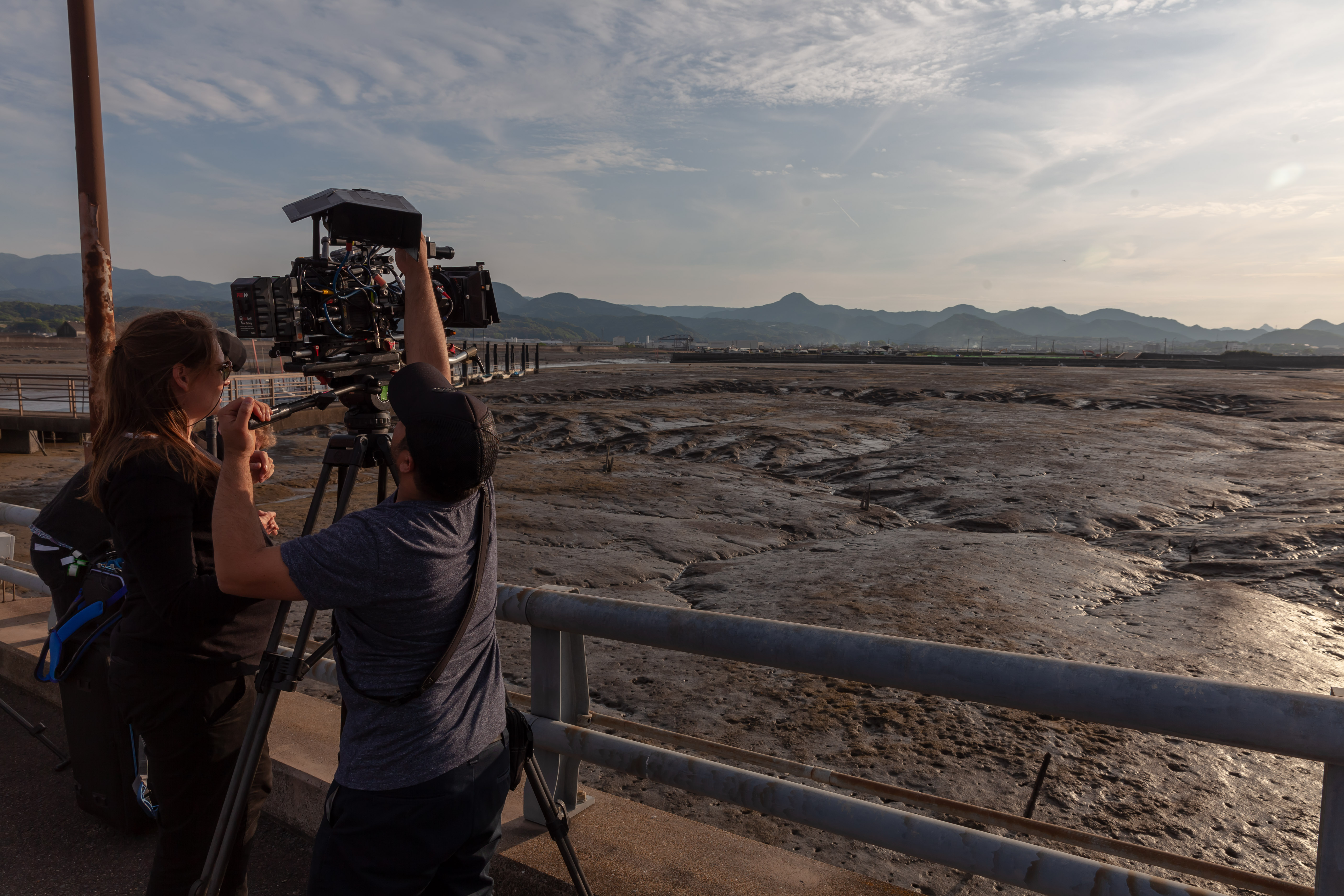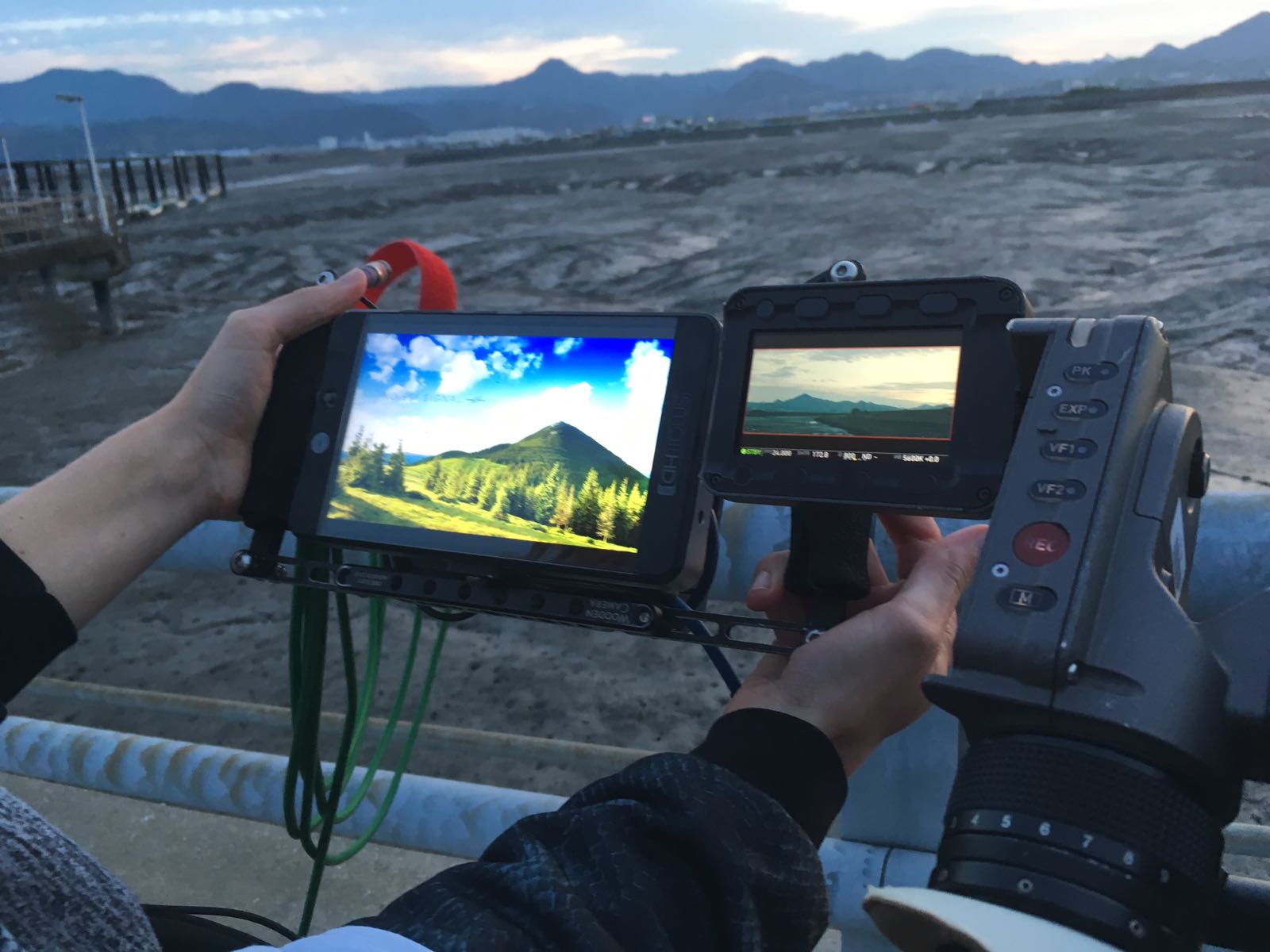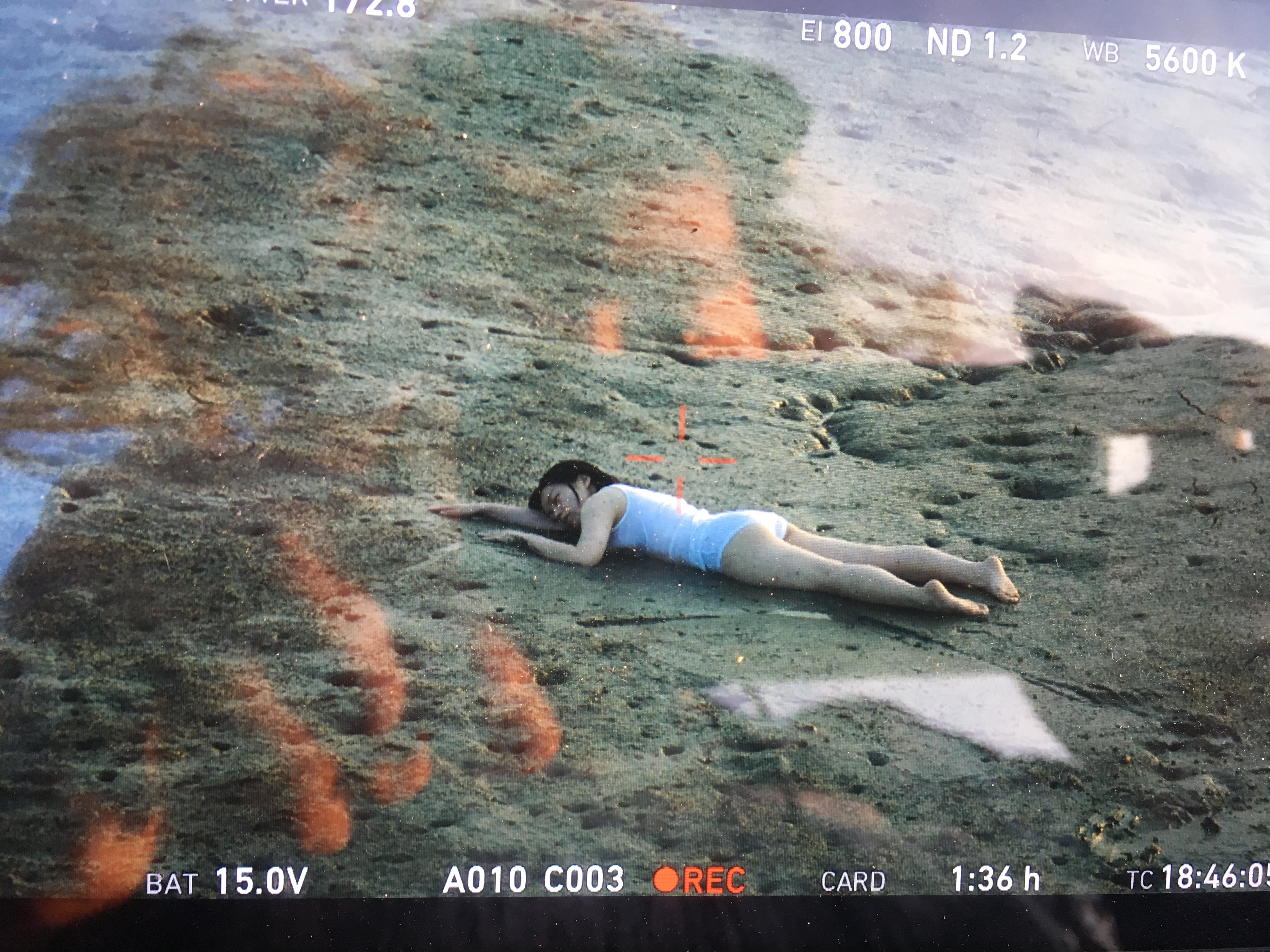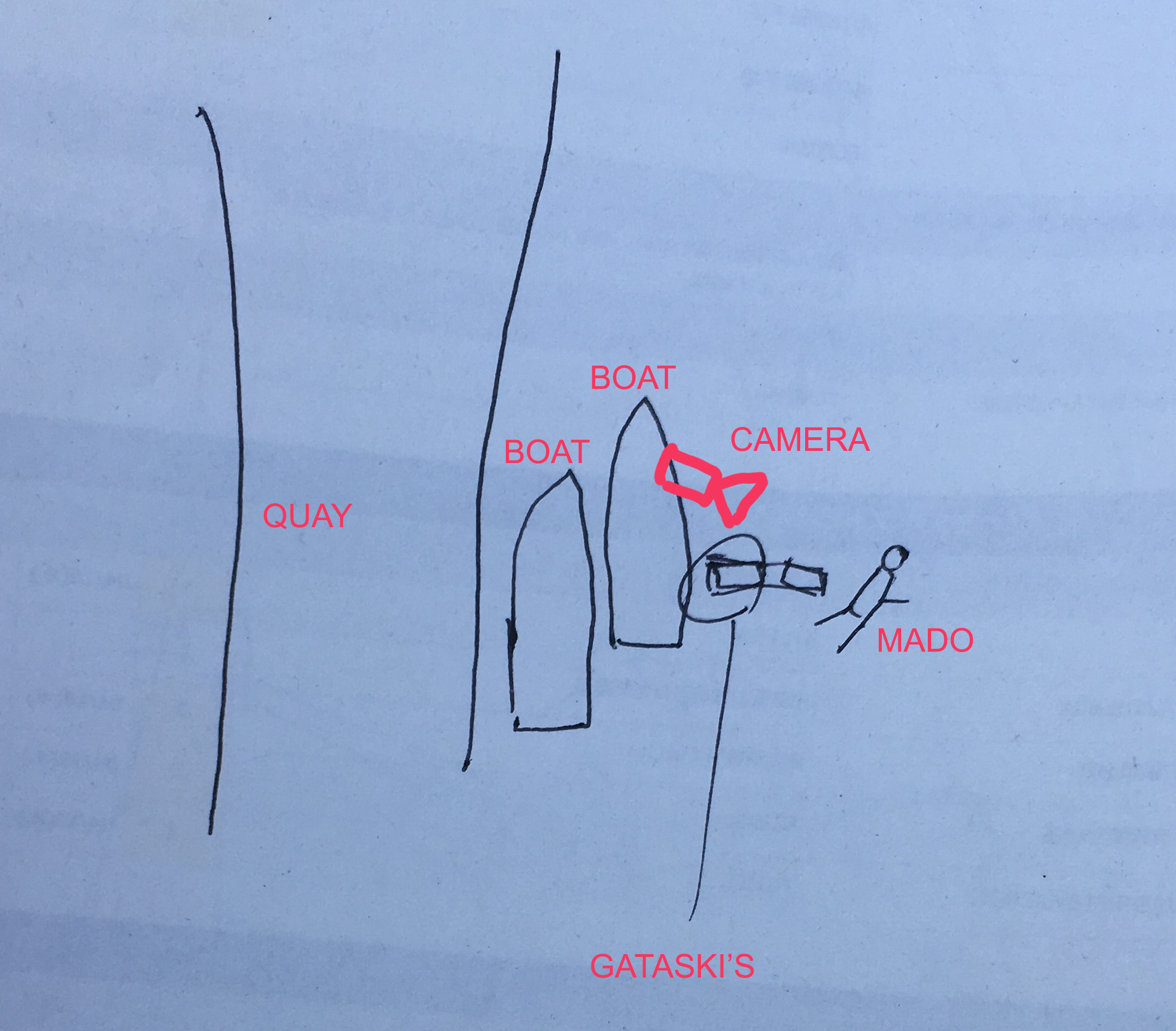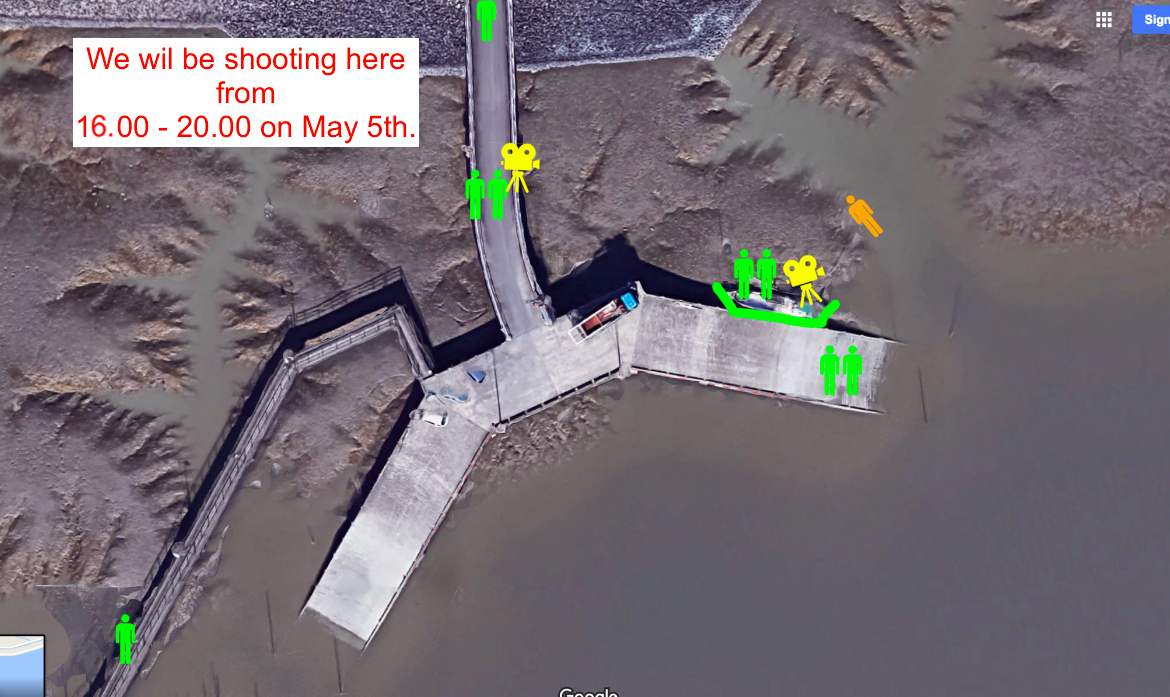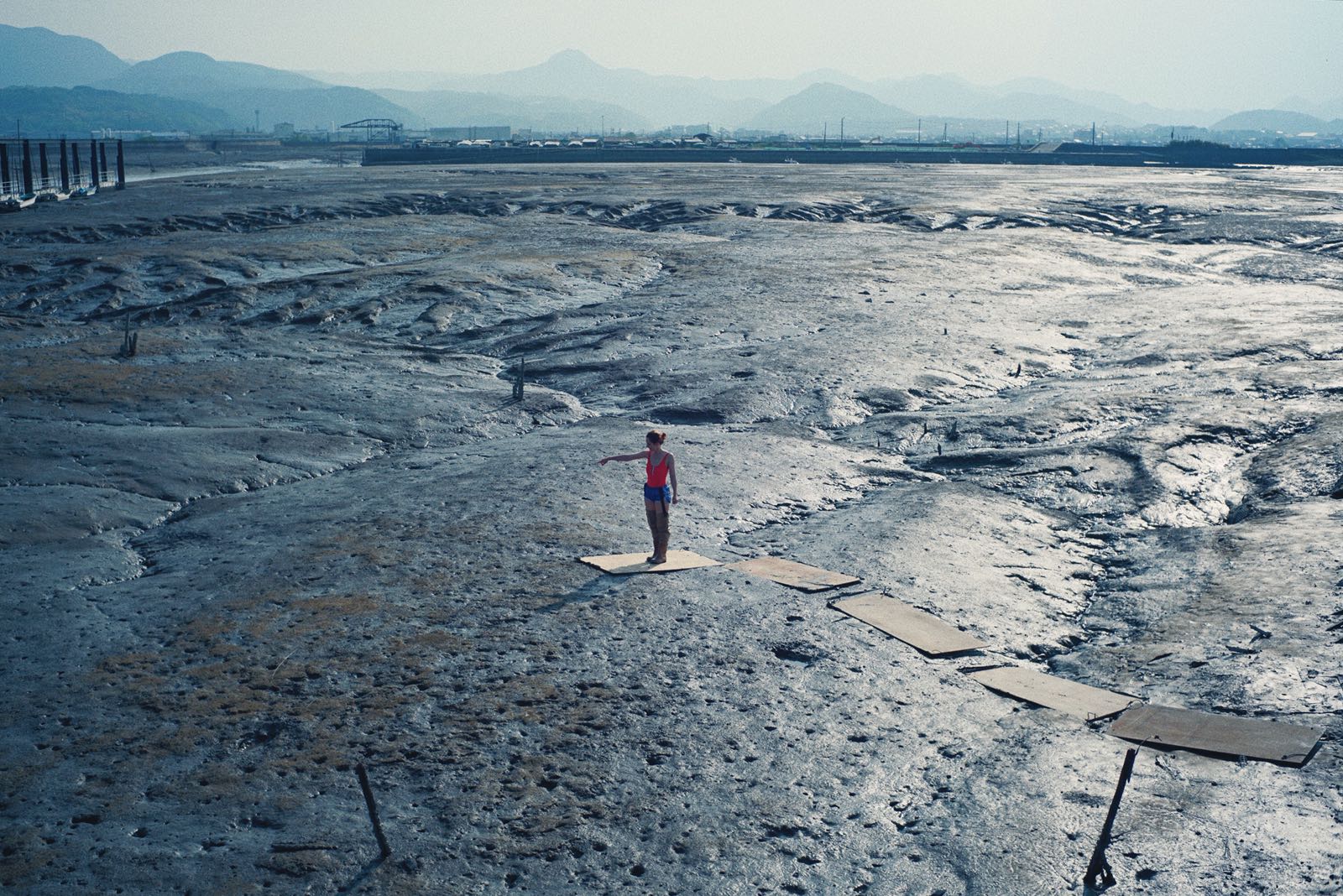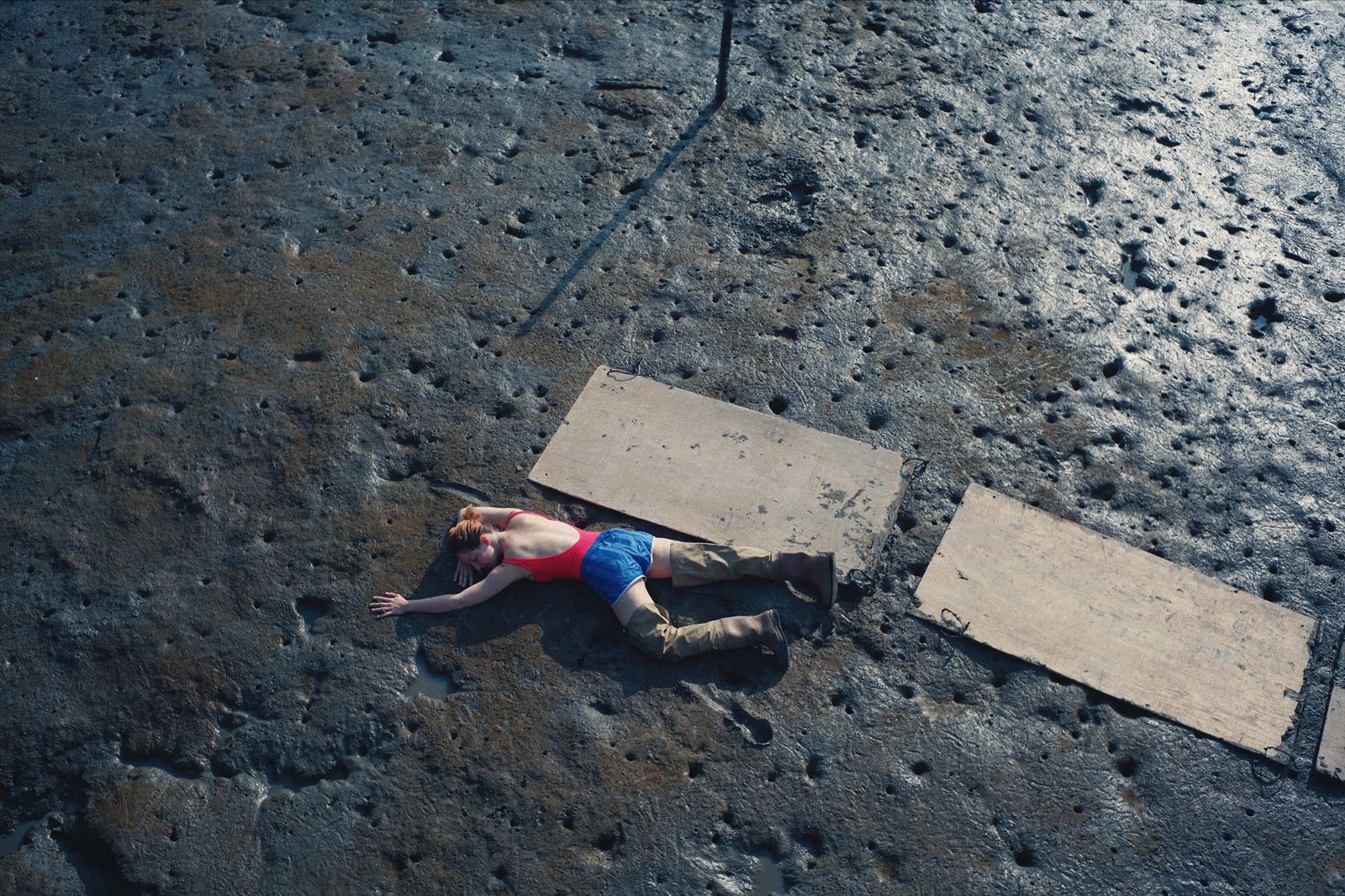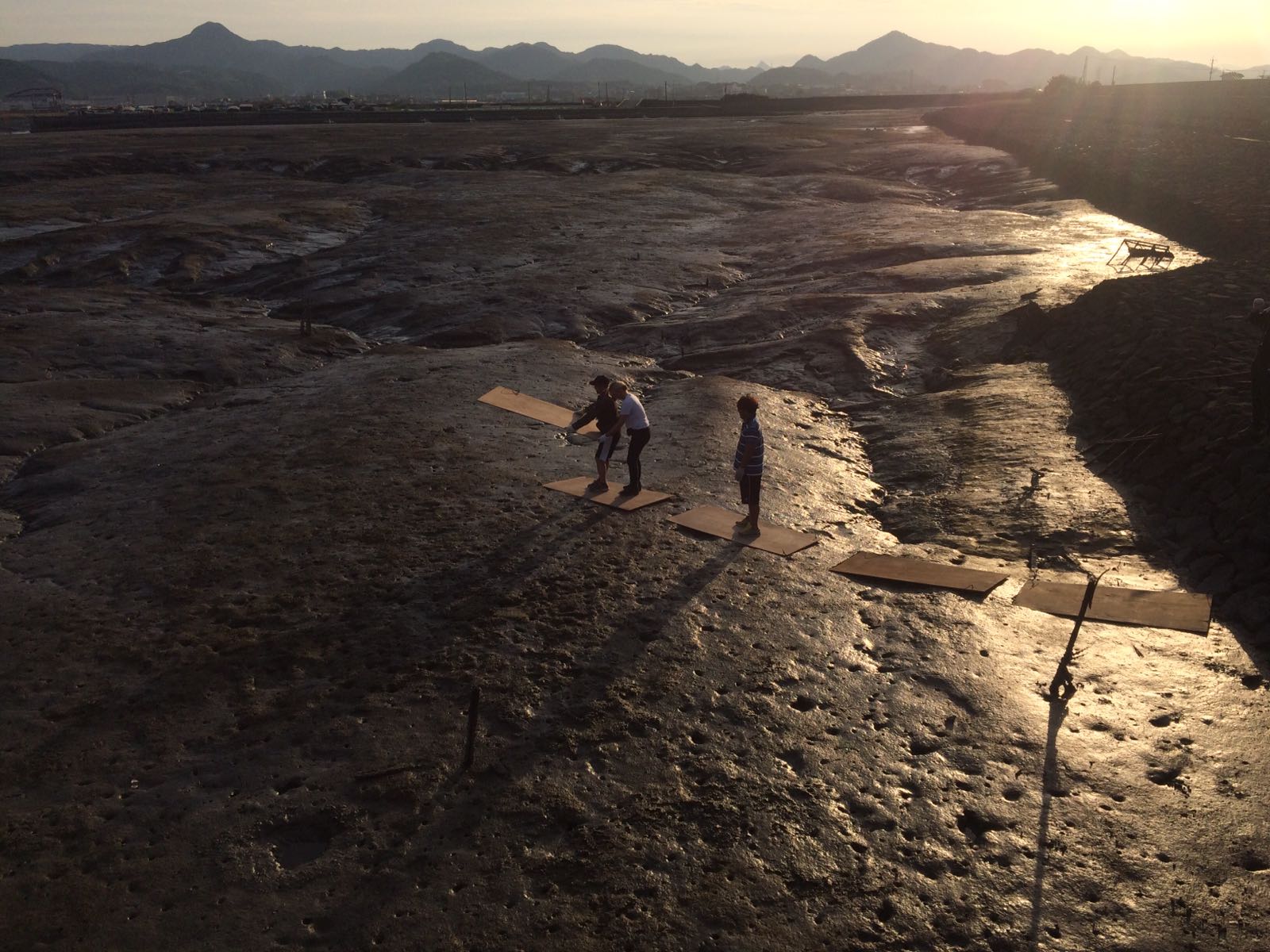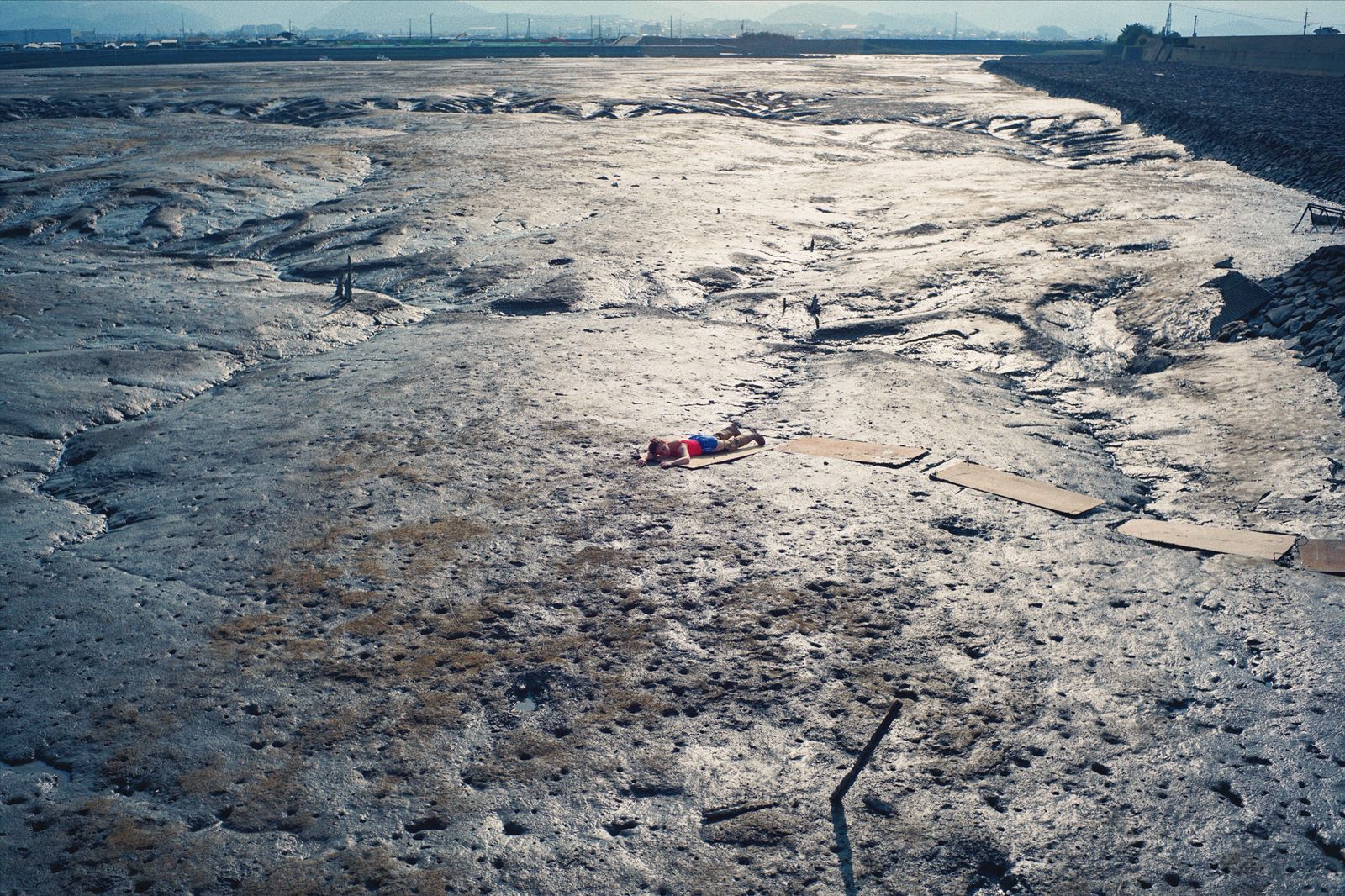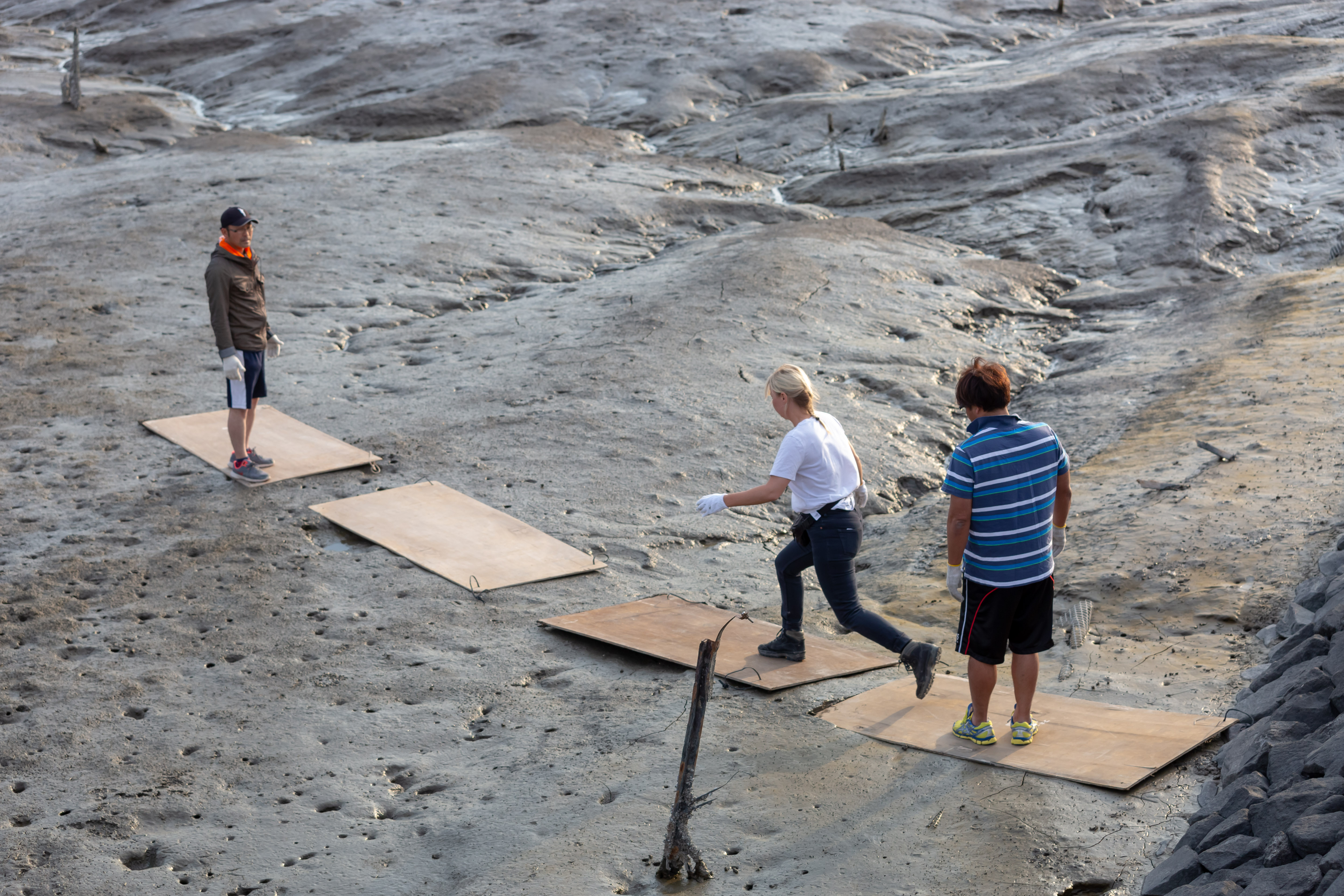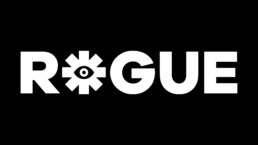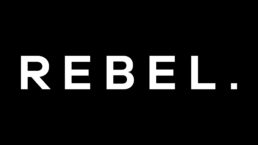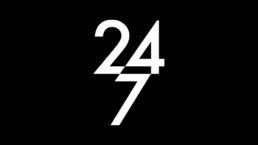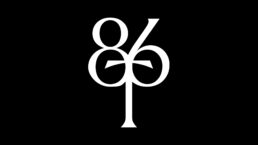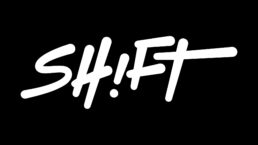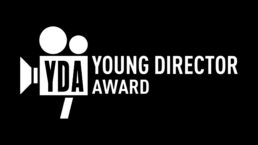Your short film ‘The Walking Fish’ really blew the jury away, it’s so insanely original. How did the narrative come about and why Japan?
I won a prize with my graduation film in The Netherlands and with that prize money I could make anything I wanted to. There were no rules. I spoke with the Founder & Head of Fiction at HALAL, Gijs Kerbosch, as I really wanted to work with him and producer Christine Anderton. We teamed up and the rest is history.
The only thing I knew in the beginning was that I wanted to make something quite local, and combine things that are actually there with my own ideas. Combining reality with the surreal.
At first I had an idea about urban cowboys in Dublin, I wanted to make a Western film with them. Do you know who they are?
No, tell me.
There used to be 16 or 17-year old boys that would hang out together and instead of having scooters or bikes, they had horses. I went to Dublin and met some of them but they said it wasn’t really that much of a thing anymore because there are a lot of rules with the horses now. It was more a big thing in the 90s and I didn’t want to recreate that. So I let the idea go.
Then I had an idea about a woman who is on the verge of having a big emotional eruption. I thought of connecting her story together with the story of a volcano that is about to explode… they somehow react to each other.
So then I started researching where you can find active volcanoes in the world and I found that in the south of Japan there is a volcano that erupts regularly, and we could actually film the eruptions there. Also, on a personal note, when I was 16 I had an obsession with Japan and tried to teach myself the language. Going to Japan was something I always wanted to do.
But it’s such a different culture to Europe…
Yes, so we needed to do research as I didn’t know if my ideas would work in a different arena. When I was there we came across this artist residency programme in Saga, on the island of Kyushu, who were specifically looking for Dutch artists.
Serendipitous…
Yes, and I was selected. Whilst researching the region I discovered the “mutsugorou” – a mudskipper. It’s a very peculiar amphibian fish, super odd looking, and they’re actually the ‘mascot’ of Saga. I was really fascinated by this blue-spotted, ancient looking creature. They’re something in-between a fish and a reptile, almost like the missing link in evolution – as if they were halfway through becoming four-legged terrestrials but lost interest along the way and decided to stay as they were; walking fishes. But to me they look like they want to be more than they are.
That’s how the story of Mutsumi came about, a tale of an ambitious sea-creature that pursues her dream to join the human world. I could identify a bit with the tiny fish that looks like it wants to crawl on land and evolve to become something more. It got me wondering; what if one of the mutsugorous is unsatisfied in its current shape, curious and ambitious to evolve? Maybe one of them decides to progress into a girl?
The casting is just phenomenal, especially the girl…
First we started casting for the girl in Saga but if you want to be a professional actor in Japan, it’s best to go to Tokyo. My line producer was from Tokyo and she knew of a platform where she could put up ads to get castings. So we wrote a few scenes and people taped themselves at home. We had a lot of video auditions.
Then there was this one girl, Mado Karasumori, and I immediately knew she had to play the lead.
What were the characteristics that you were attracted to?
The way she was acting … at first we did castings in Saga and a lot of the girls would show up in high heels when they are supposed to play a fish. So I was looking for someone that could forget about being pretty and just dive in, still look gorgeous, but who could be a bit more primal, lose the girly or the human things a bit.
I was also looking for someone with wide set eyes and she actually had listed her wide set eyes as one of her selling points in her bio.
Were they exaggerated with makeup?
No.
We then had to find a young girl who looked like the adult Mitsumi which was really difficult, we couldn’t go to schools or playgrounds to cast children because of privacy rules.
It was about two weeks before shooting, I was getting desperate so I wrote an email and sent it to all the people we met in Saga. A new girl had started working at the artist residency and she immediately replied saying her niece might be perfect for this. And that was Koume, she was amazing.
So how long did the whole production process take?
I was in Japan for two months.
How did you get the support of the locals? Because it’s a crazy idea, if they just saw the script on paper, they’d be like “No, this is not going to work”. It would have been difficult to envisage the emotional engagement that the film ends up with.
Well when we were planning it from The Netherlands, we thought okay we have to make it as small as possible. We will need five or six crew members, as well as the actors, and we all should fit in a nine person van. We intended to drive around, find locations and then shoot, a bit in a guerrilla way.
But then it started growing bigger and bigger, there were a lot of people … There was You-ga who was actually the manager of the artist in residence programme, but she was more like a production person, she did so much. And You-ga’s friend Minako became a production manager, and the HALAL team back in Amsterdam working across time zones – everyone was working late into the night and then we’d wake up early. It was a crazy project for us all, and I was the first person coming to the artist residency, so they were like, “Oh my god what is going to happen next with all the other artists”. Yeah, it was quite intense.
And also there was the line producer from Tokyo, Nikki. So that was the main local team; Nikki, Minako and You-ga and then the Saga Film Commission people who helped with location scouting, permissions and casting.
When did you first decide that you wanted to be a filmmaker? Were you brought up in a particularly creative background?
No not really, my father is a doctor and my mother is a language teacher for people who have just moved to The Netherlands. My grandmother paints but not professionally. There aren’t many people who have a creative job in my family, which doesn’t mean that they aren’t creative but they don’t see it as a job.
When I was about 10 I had this hobby entering very easy competitions online that you could find the correct answers to on a specific site. It was basically to source the correct answers and then enter multiple competitions. I won several things, like toilet air freshener. But one time I won a video camera. It was actually the second prize, but I didn’t really want the first prize, I wanted the camera. That’s when I started filming.
In the beginning it was just me capturing things I did with my friends. I really liked directing them, capturing moments and making something special out of a summer-picnic or some spare hours after school.
After watching Jim Henson’s Time Piece and Mulholland Drive by David Lynch, I began to experiment more with editing, stop-motion and visual trickery. The first short film I made was when I was 15 or 16, it was about an estranged morning ritual. There was a cheese sandwich coming out of my mouth and I made a cup of tea with a (fake) goldfish instead of a tea bag. As I think of it now, there are actually quite some similarities there with the Walking Fish!
You really knew what you wanted to do?
When I was 16, I was deciding between becoming a doctor or studying languages or going to arts school, I chose art school. I thought it would give me a chance to travel, learn about a lot of different places and things, basically – it would give me a valid reason to always explore and be curious. After my first year I noticed I really liked directing actors and writing stories so I then switched to directing fiction. I love the idea of creating a new world, and bringing it to life together with cast and crew. In film you can change reality and bend the rules as much as you like, live different lives and explore the unknown, do the impossible. I love being part of the whole process, from the initial idea to connecting with an audience.
What’s your process for writing?
I write a lot of versions of a script and a lot of seemingly random scenes to find out more about the story and characters. It mostly starts with some images in my head and then I write about it and I collect a lot of visual material and sometimes music. When I have a lot of material I start finding the structure and when that’s done that’s actually my first draft.
I then start rewriting and further developing the character. Sometimes it begins with the character, sometimes more with a location or a concept.
With The Walking Fish, did the film end up how you first perceived it?
No, at first the script was about a crowd of people who found a dead body of a young woman, and after an autopsy they would find out that she used to be a fish. A sort of mockumentary style TV-crew would go around town and ask people if they had seen her and what they had thought of her. So that’s how it started, it’s different, although there are some elements that are the same.
The framing and the lighting are stunning, did you storyboard it?
No, not at all. The DOP, Myrthe Mosterman, and I didn’t have much time to prepare together. But this was our fourth film together, so we knew each other well which really helped. We had one Skype call to talk about what kind of shots we’d like to make and then she brought a camera with only one lens, so it’s all shot on one zoom lens. And it was all natural lighting except for we used some LED lights inside, because we couldn’t bring anything else … So the locations were really chosen by the lighting and what was already there, because we couldn’t bring anything with us. She did everything by herself with her assistant. Myrthe was also very pregnant whilst shooting the film. She’s a real rockstar!
So you had to work out what time of day to shoot…
Yeah exactly. That was also a bit complicated because of the time differences, to communicate with HALAL and the Dutch crew, and because the project was funded by the government, we had to do everything really strictly by all the rules. Because as the government you can’t break your own rules, of course.
So for every location we had to know in advance where the camera would be at what time, where the actors would be, what all the camera angles would be. We had to plan this all out in order to get the official permissions we needed. Since most of the crew members were not in Saga yet and hadn’t seen the locations, it was quite a challenge to make the right choices.
Was there any point in The Walking Fish where you thought, oh my god this is not going to happen?
All the time. But I find it difficult to give up, so thinking something might not be doable gives me an extra drive to search for a solution. We also had a motto together: there are no problems, only challenges. That really helped me to stay positive if things didn’t go as planned. The support from HALAL and local crew and cast were also extremely heart-warming and motivating. And besides the hard work and many challenges, we also had a lot of fun (and drinks, and good food) together, which was really helpful too.
What were the major challenges?
There was one scene that didn’t make the final cut of the film and it was the most challenging one for sure. After what’s now the ending, there used to be a scene where Mutsumi lies in the mud and the tide was low and she breathes out her last breath as a human. It was a really beautiful area, the mud flats of Saga looks a bit like you’re on the moon, so I really wanted to shoot there, but the mud … You really sink into it.
It should have looked like the sea had just gone down, so it had to look very flat and shiny and with no foot prints. We had a lot of conversations with a lot of people and in the end we decided that we would put wooden planks on the mud and then Mado (Mutsumi, the lead character) would walk over it, lay down so we could remove the wooden planks. I have a video of the second test of this where I’m sinking in the mud. During the first test I sank in the mud until my knees!
It was beautiful but then during the editing I wanted a bit more of a happy ending for Mutsumi. I liked the idea that she could now be swimming in the sea somewhere. Also I made a mistake with the costume because her underwear was still very white, whereas if you have been in the water for a few hours it would be a bit more muddy. It looked too clean. So those were the reasons why it didn’t make the cut, but it was a big challenge for everyone. Especially for Mado, who had to lay in the mud between the real jumping mutsugorous!
What’s next for you, Thessa?
At the moment I’m working on a 2-minute romantic comedy horror short called HITTE, which will be shot next week and finished by the end of July. I’m also in post-production for a new short film about three girls in a strange and gloomy friendship, which will be released this summer or autumn. And, I’m about to start the development of my first feature film with HALAL. And we’re hoping to make a big step into commercials very soon together!
